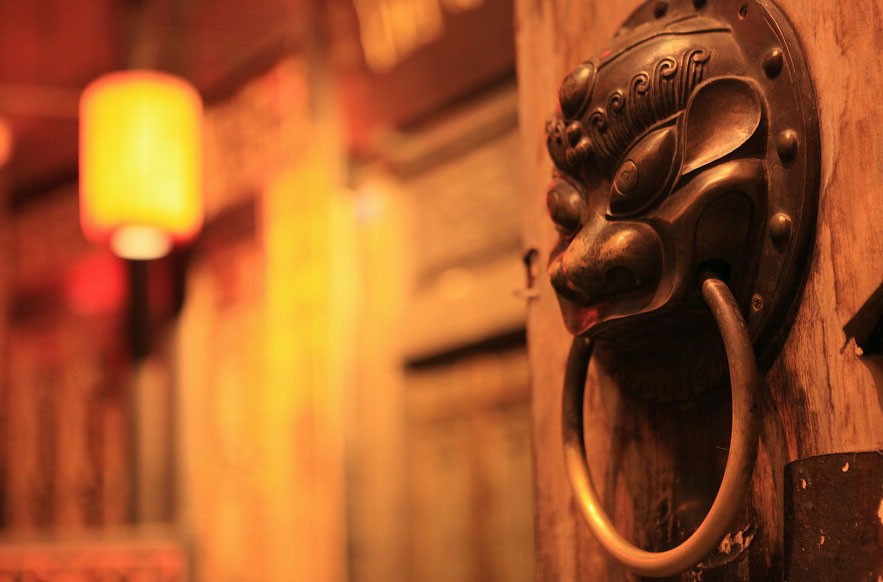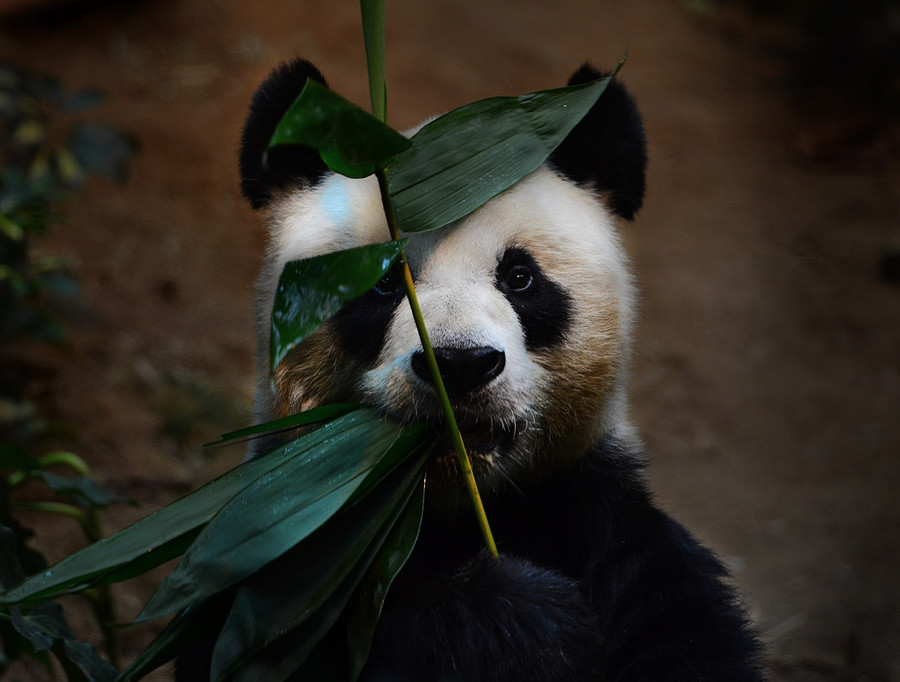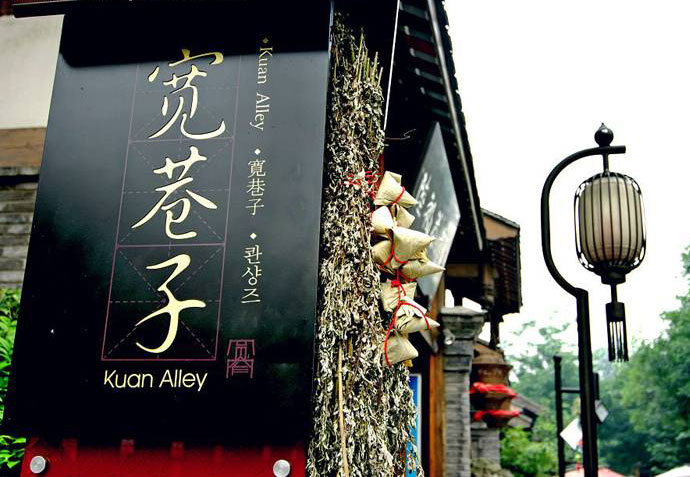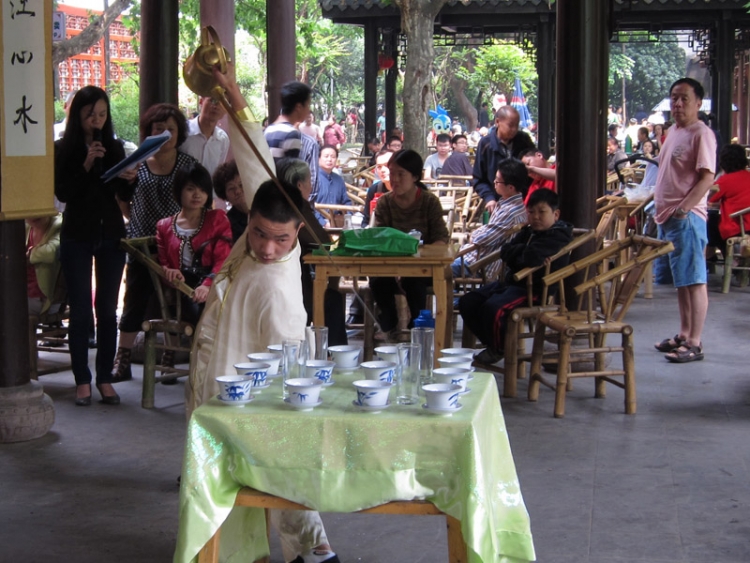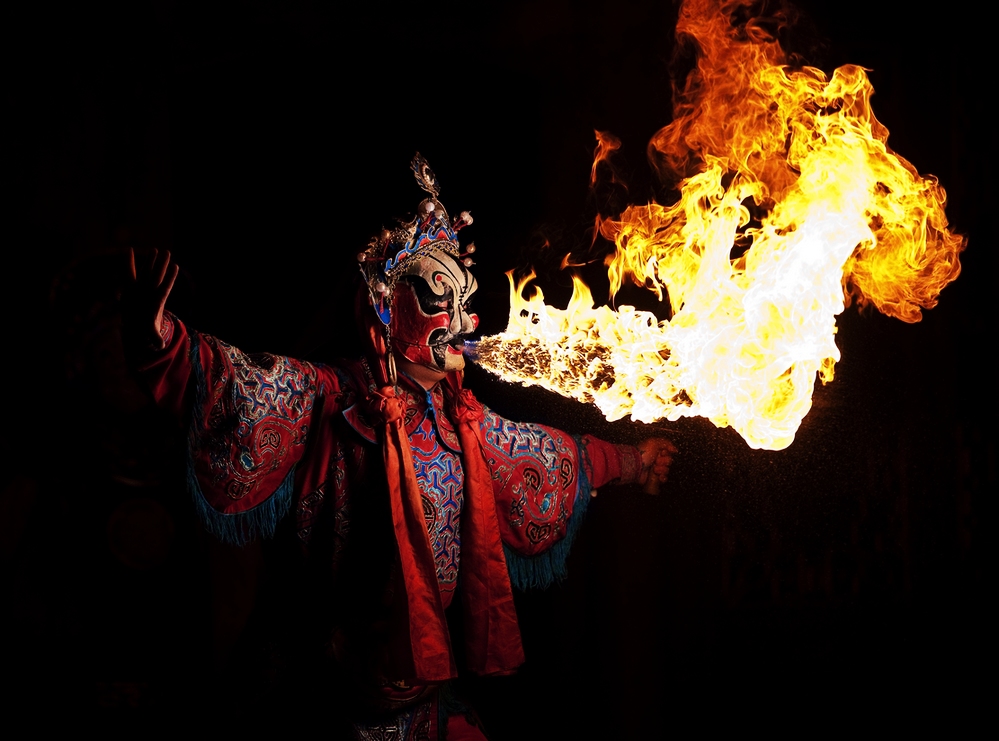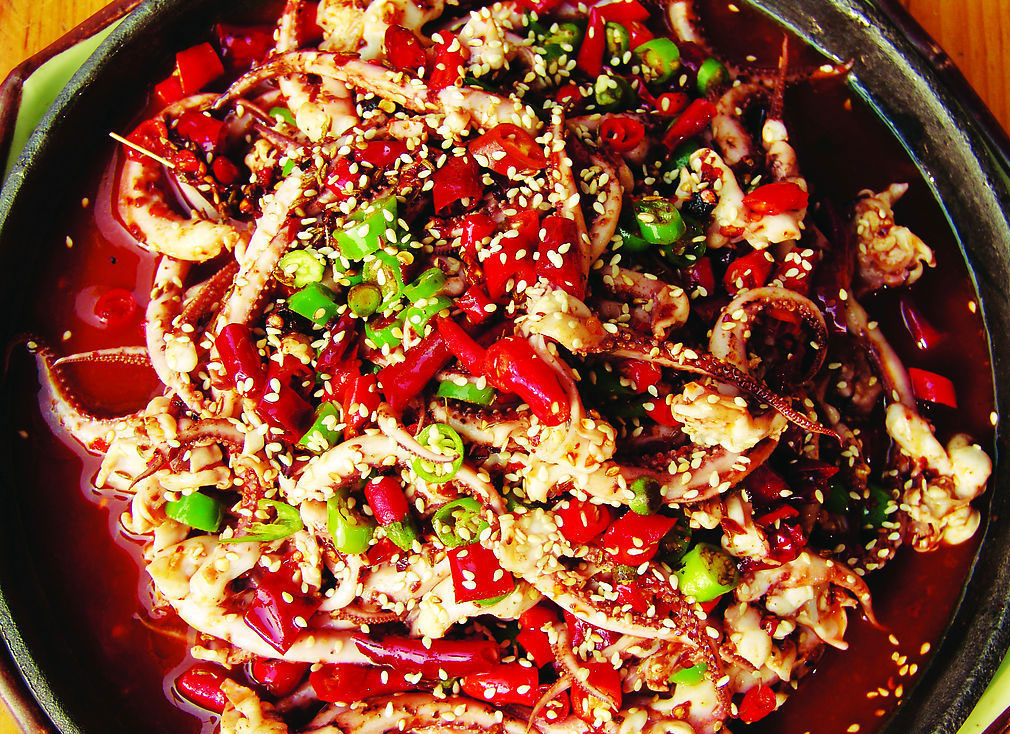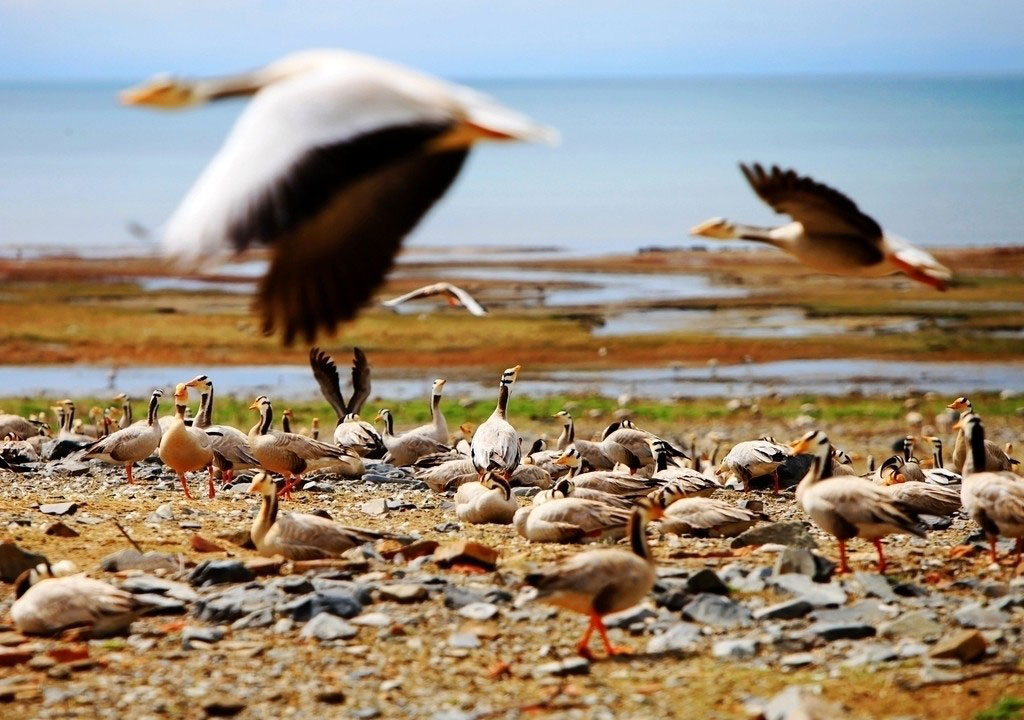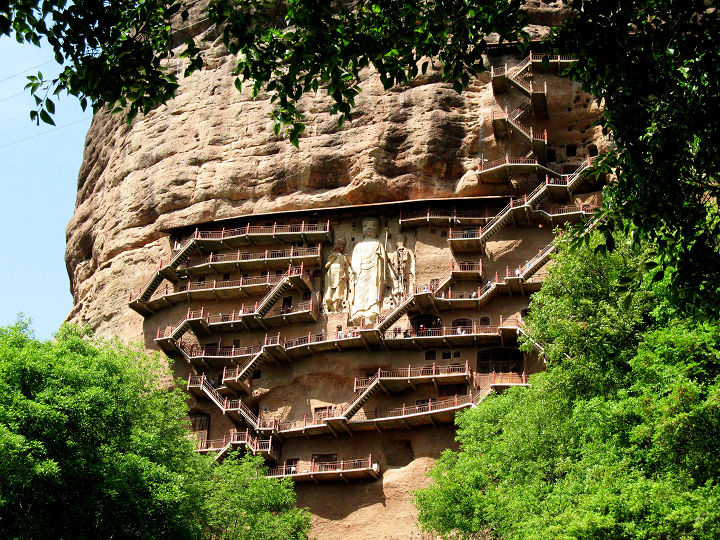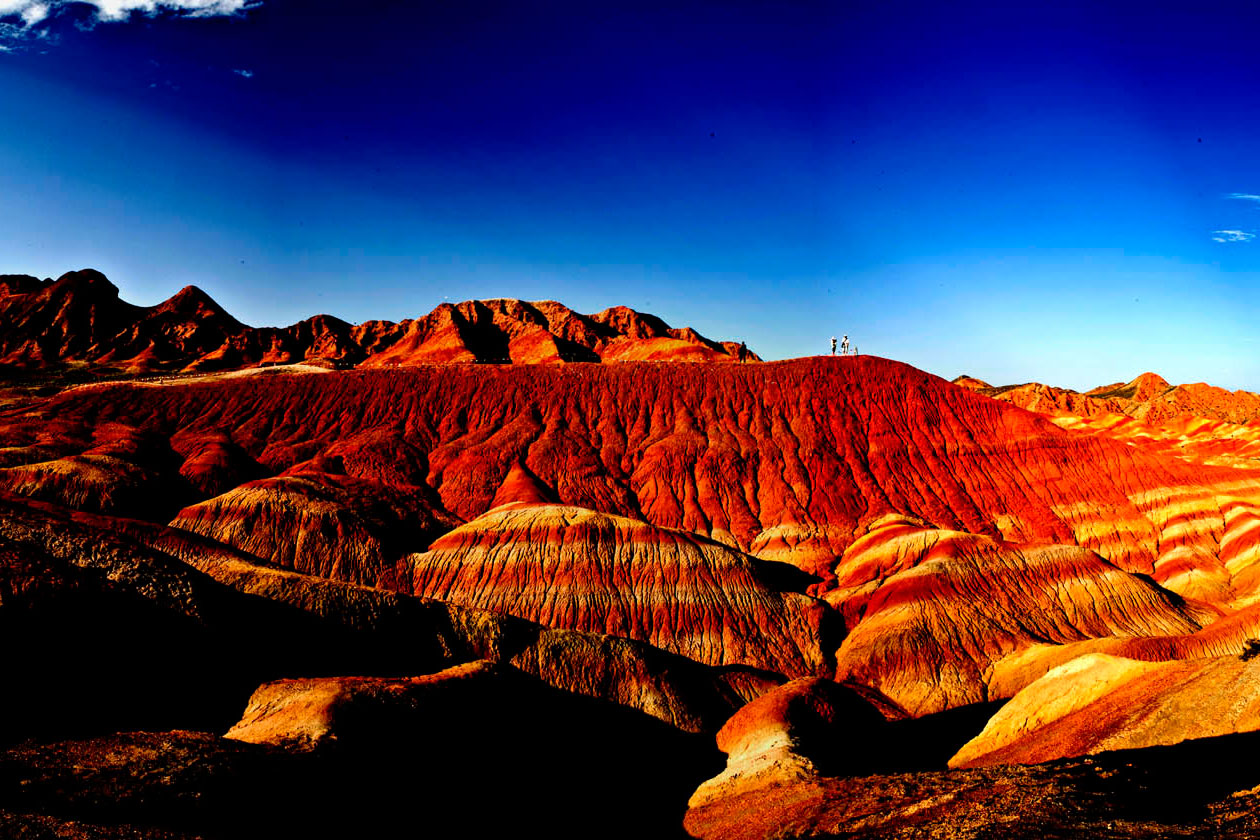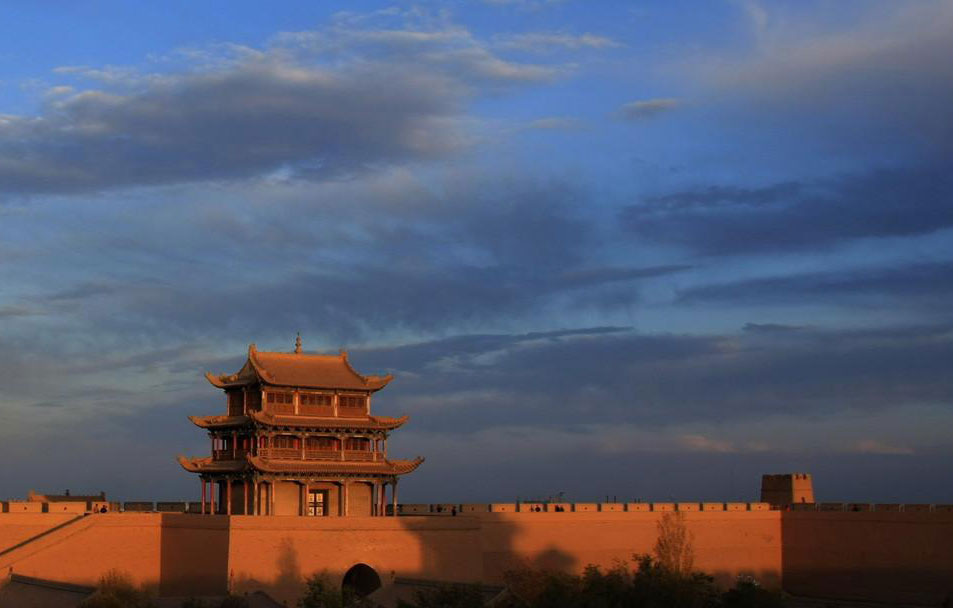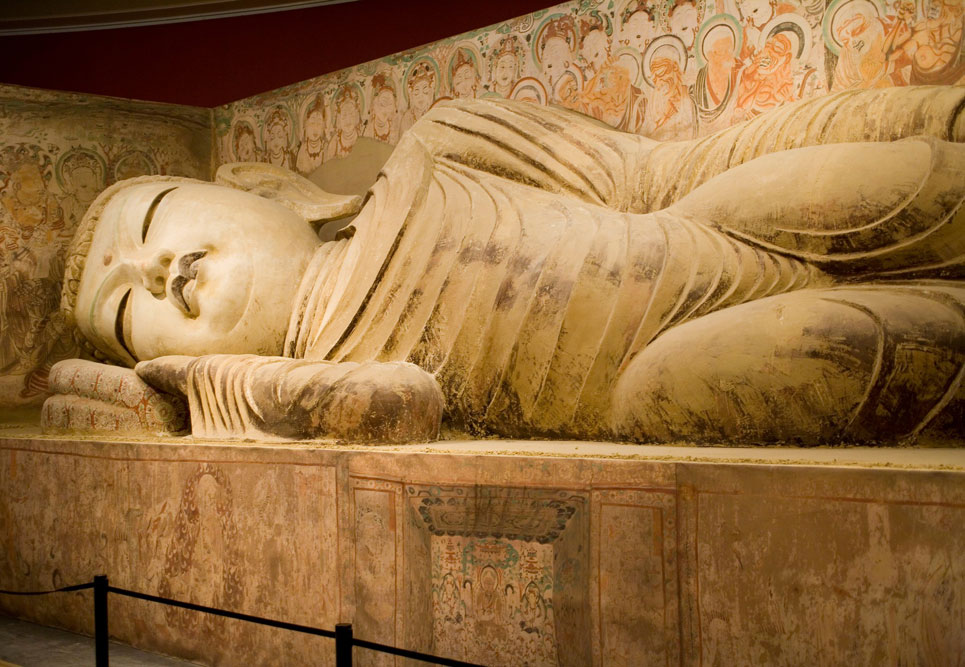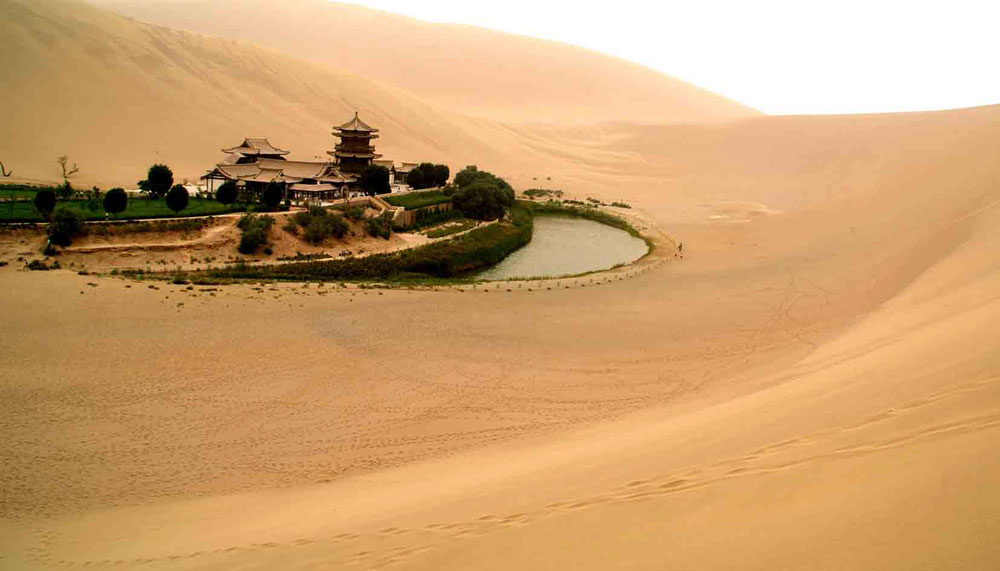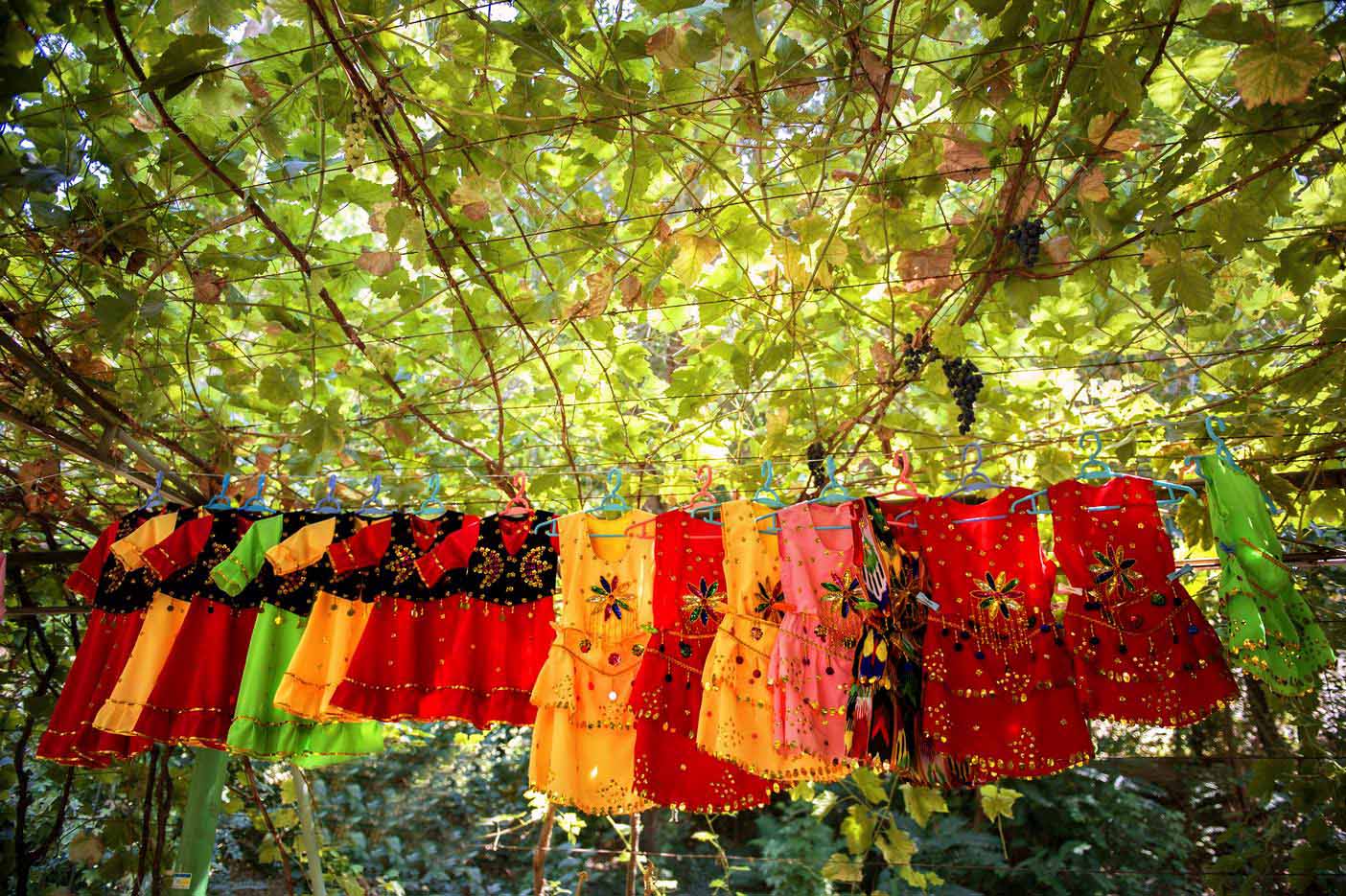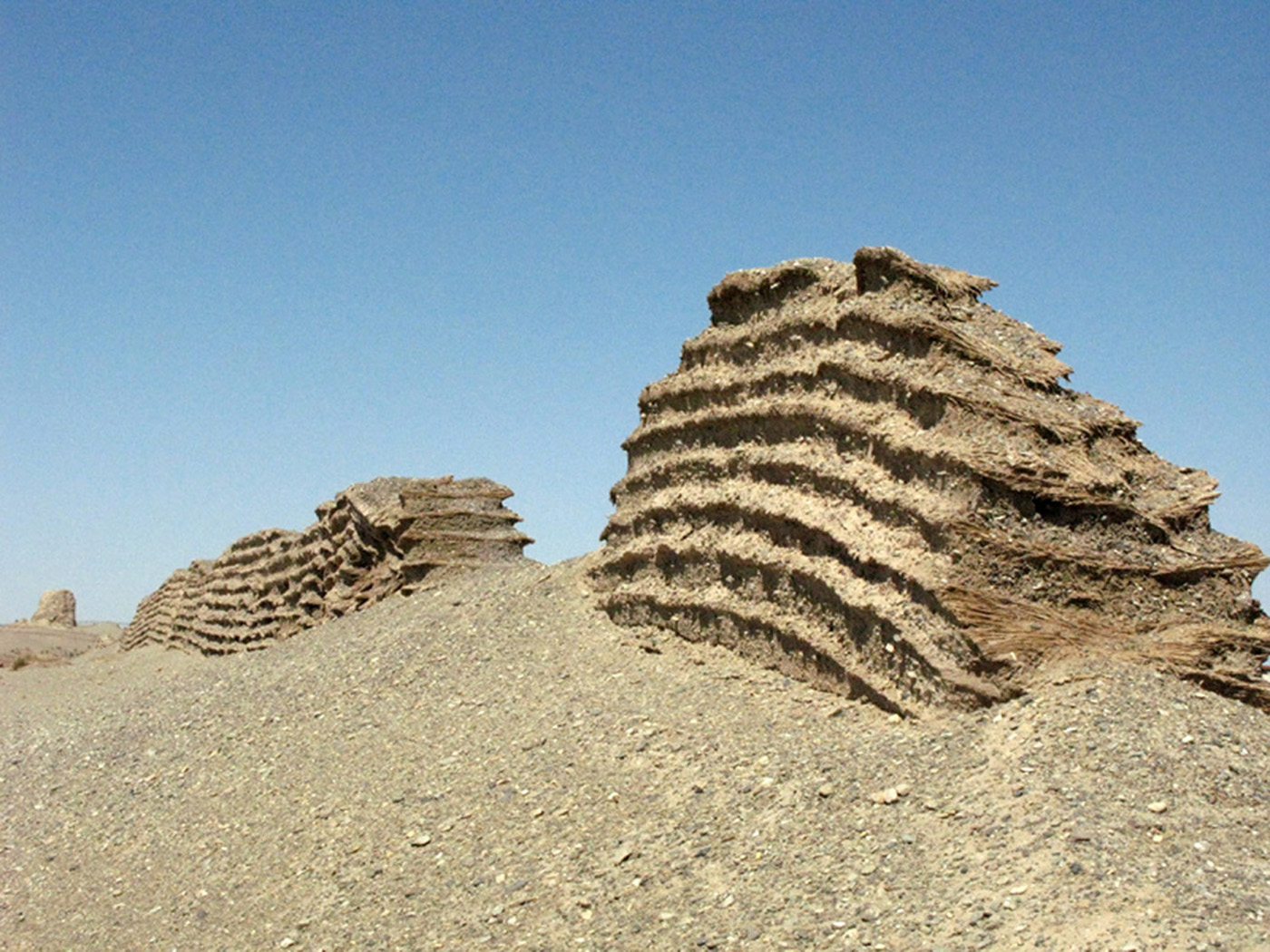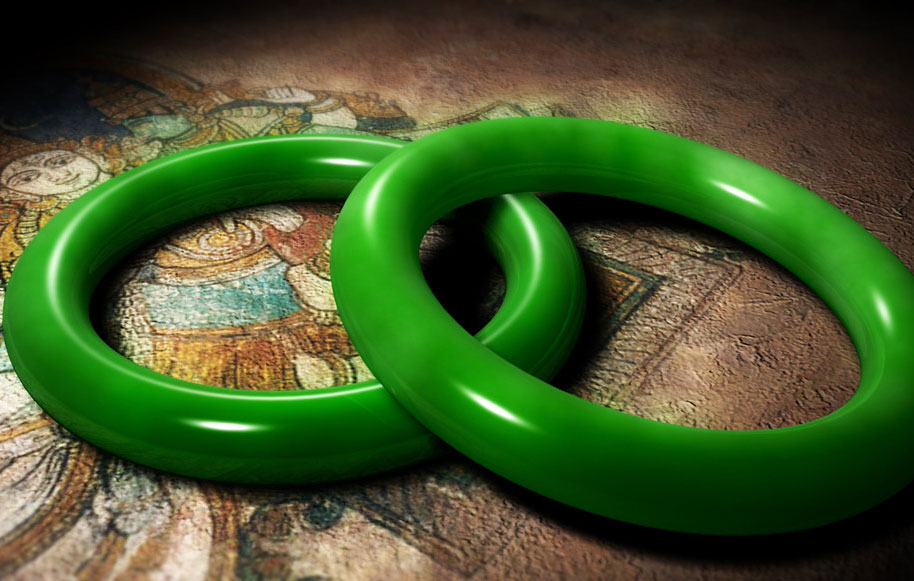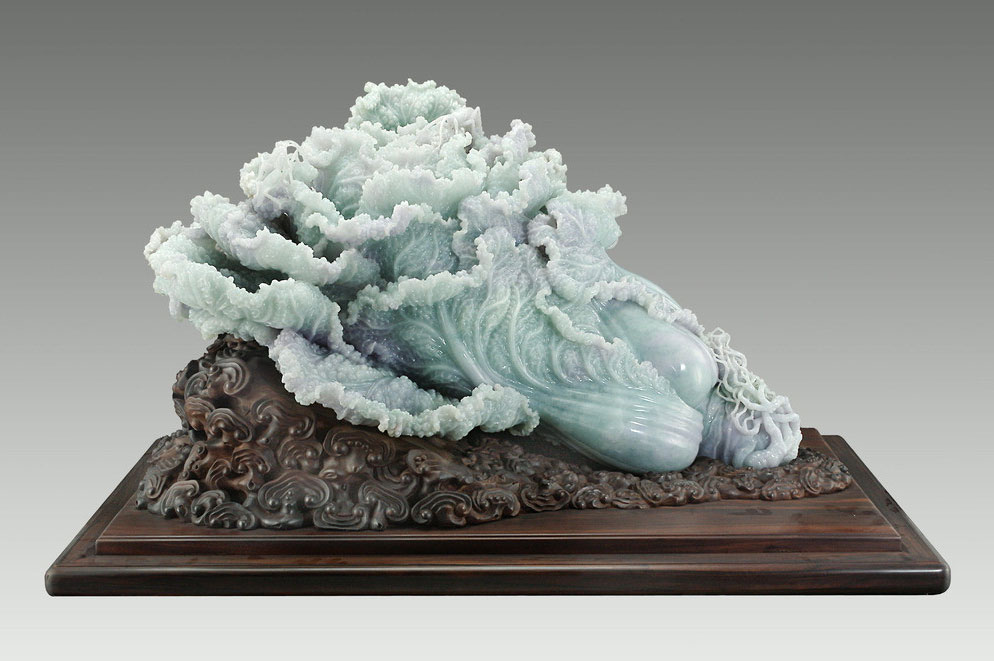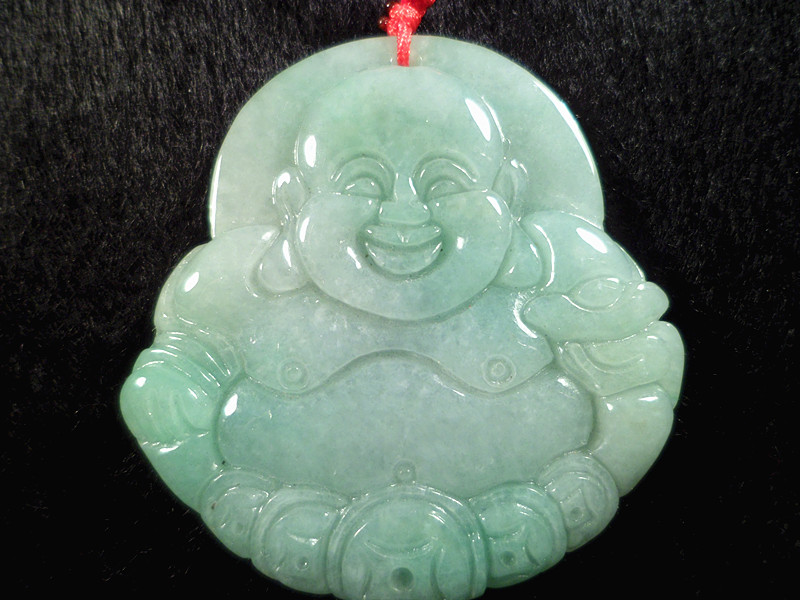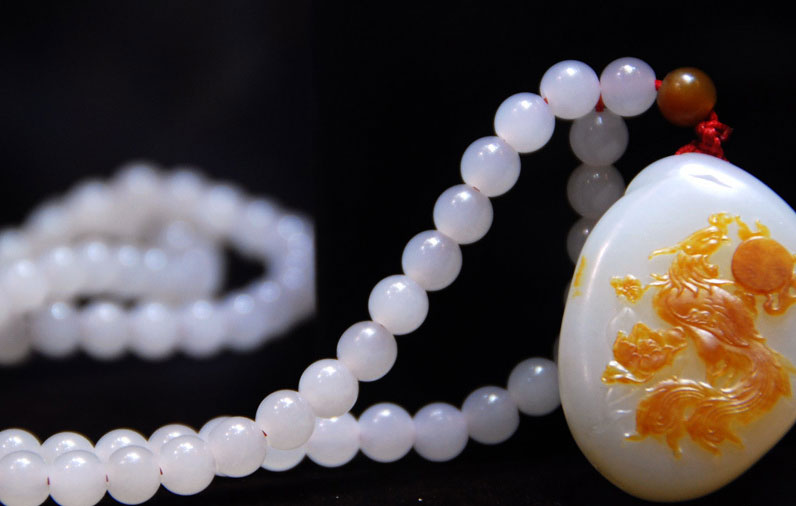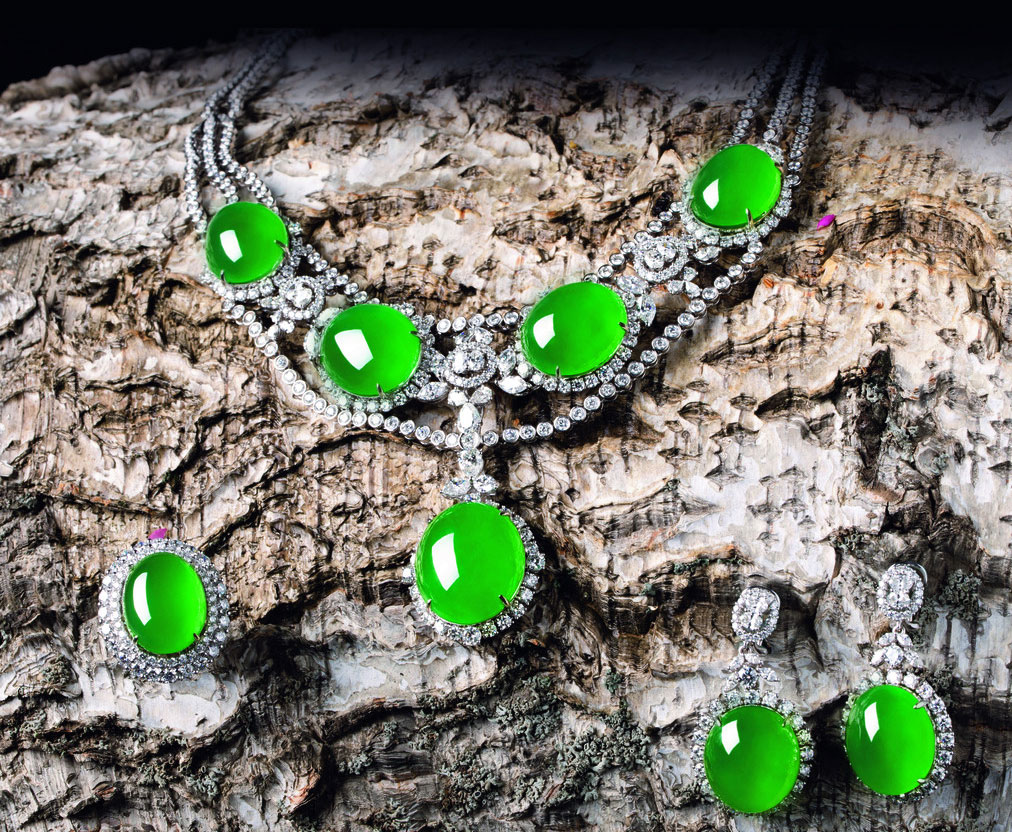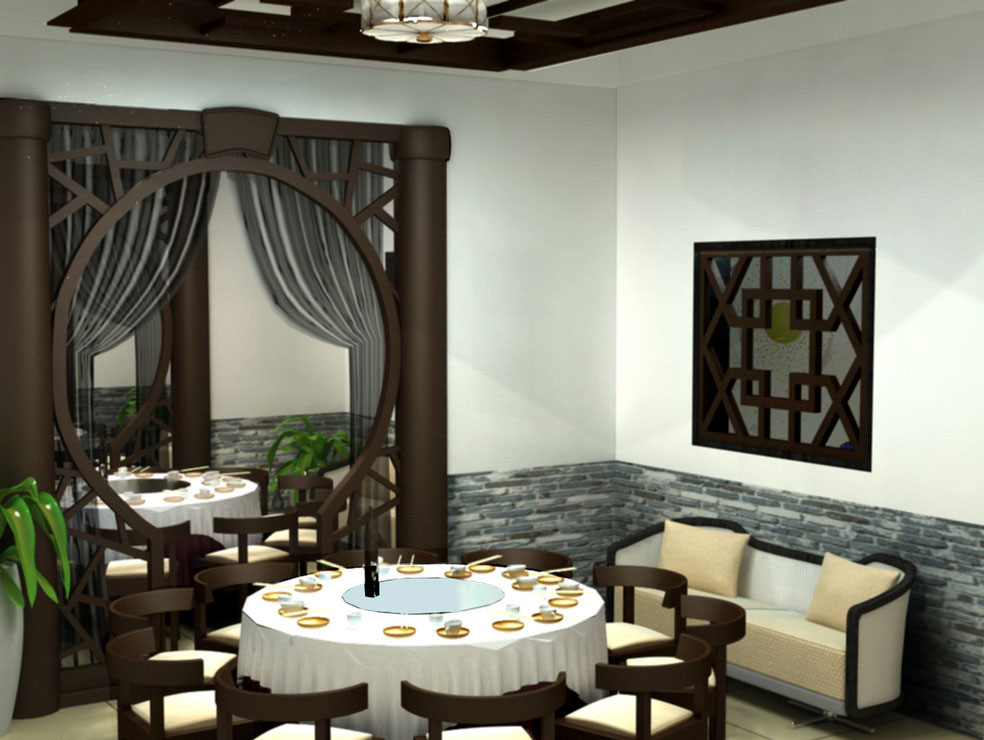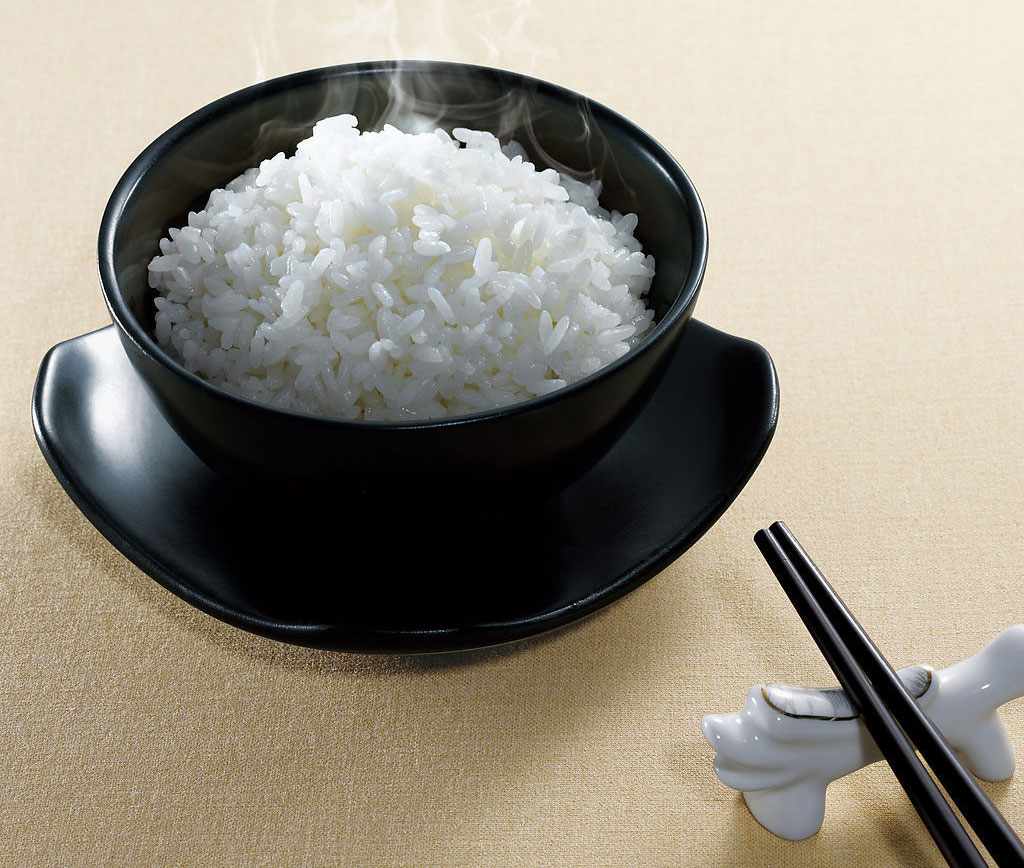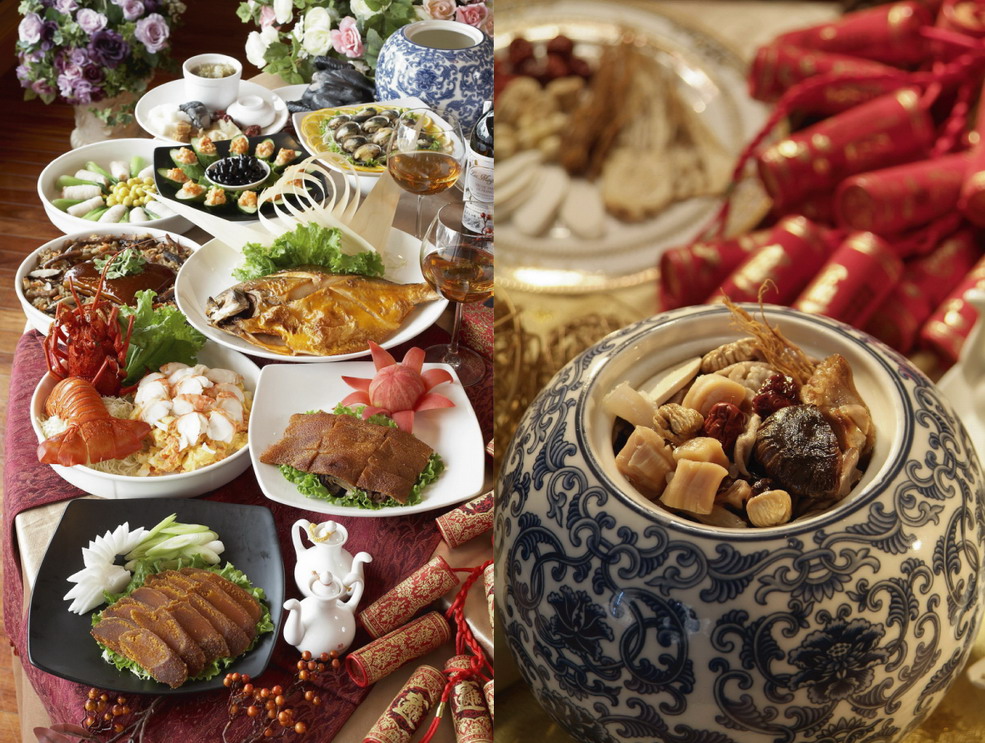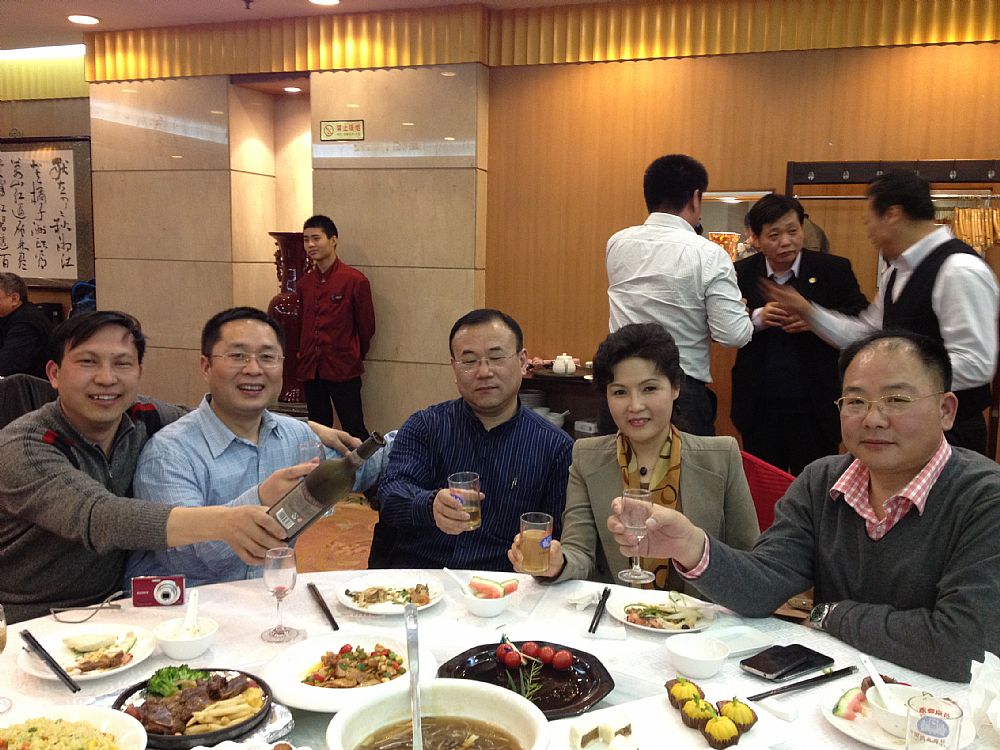British Airways, the UK’s national carrier, has
launched new direct flights between London Heathrow and Chengdu Shuangliu
International Airport from September 22, 2013, and become the second European
carrier offering nonstop service to this Southwestern China metropolis. The
company will offer three round-trip flights every Tuesday, Thursday and Sunday,
departing from London, served by a four-cabin Boeing 777-200ER aircraft, with
First, Club World (business class), World Traveller Plus (premium economy) and
World Traveller (economy).

(The plane was deliberately painted like a giant panda)
The British plane deliberately painted like a giant panda arrived in Chengdu, capital of Sichuan province on September 23. Distinguished guests on the inaugural flight included Willie Walsh, CEO of IAG, British Airways parent company and Sandie Dawe, CEO of Britain's Tourism Bureau, who were confident that the new route would prove popular with customers travelling between the two major economic hubs. According to Mr. Walsh, the airline planed to switch from the Boeing 777 to the 787-8 Dreamliner in the summer of 2014, and increased weekly service from three to five.
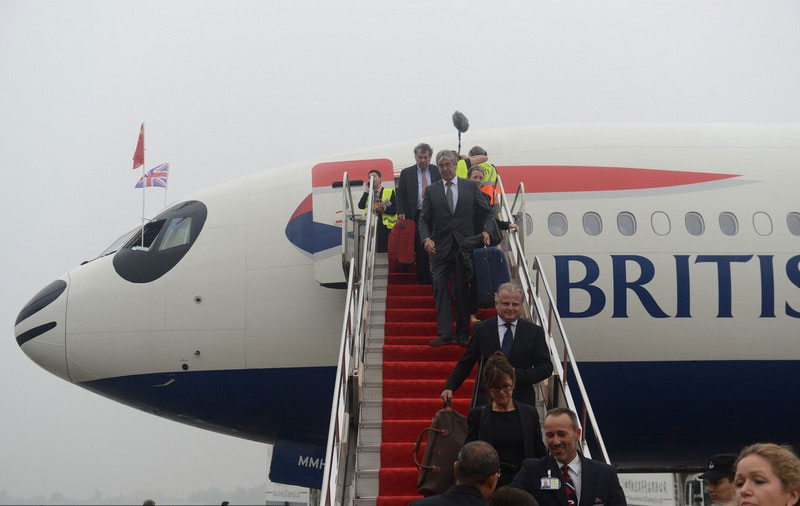
For travelers booking service from Chengdu to London between now and January 6, 2014, flights will be on offer for £508, inclusive of taxes and surcharges.
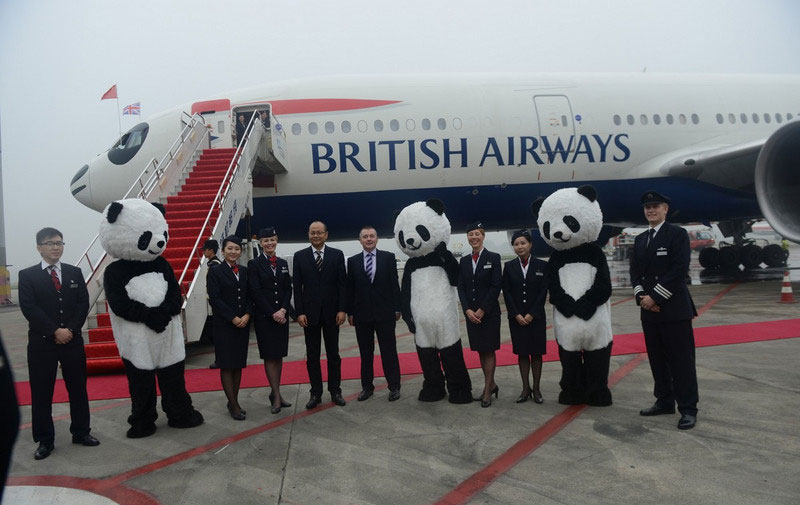
(The first Chengdu-London direct flight run by British Airways arrives at Chengdu Shuangliu International Airport )
Chengdu, the third city after Beijing and Shanghai in mainland
China to have direct flights to London, is the hometown of giant pandas and
chief pandas
captive breeding centers, and very popular among leisure travelers with its
excellent spicy food, fascinating traditional culture and leisure ambience. It
is also the fourth Chinese city to allow visa-free entry for international
travelers from 45 countries, including Britain, the US, France and Singapore.
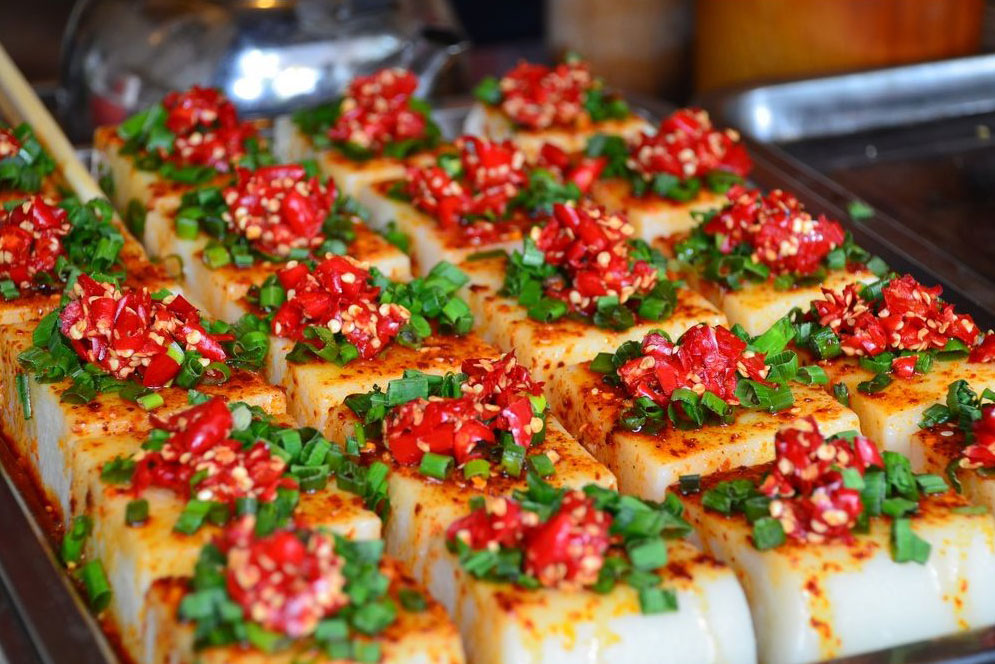
(The new service from Chengdu will offer Sichuan Cuisine on the plane.)
